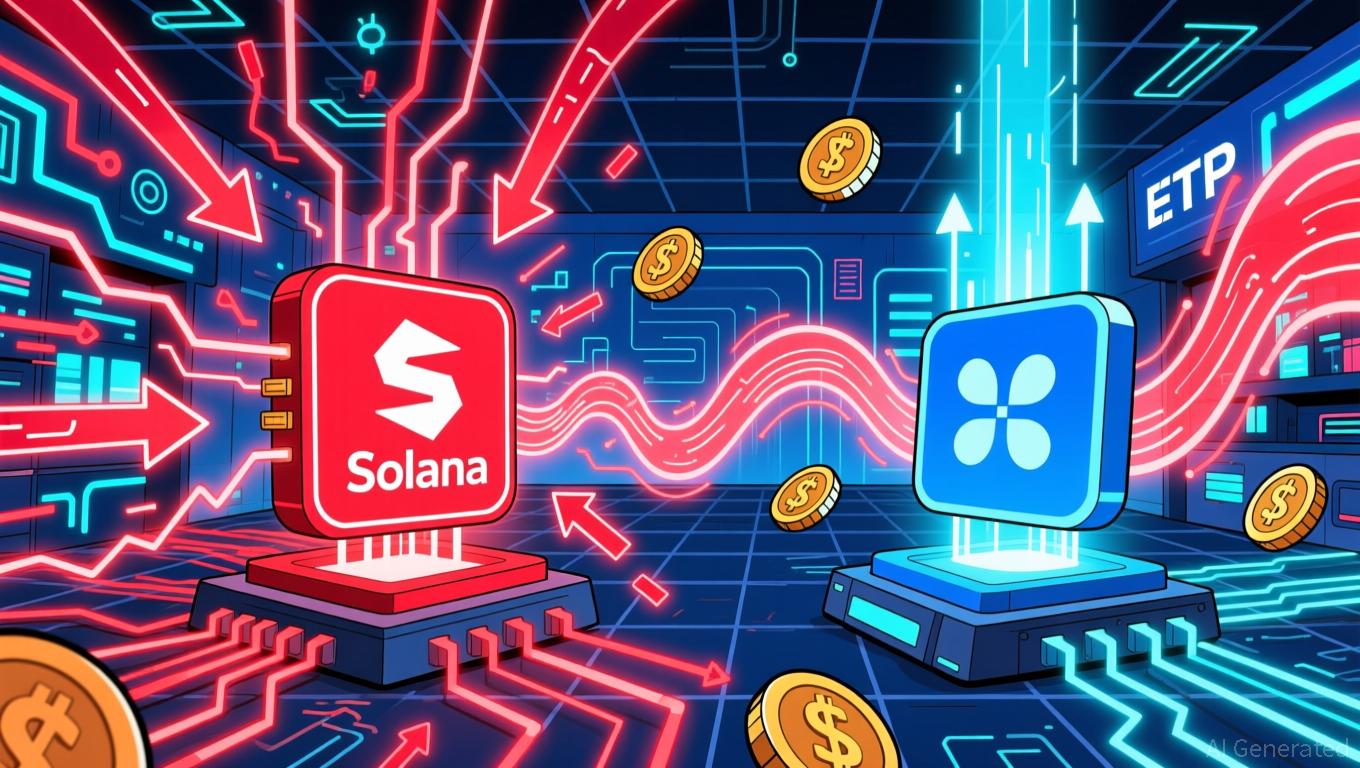- Ethereum’s gas limit rose from 45M to 60M on Nov 25.
- The update helps developers push Layer 1 scaling further.
- New safeguards and stable testnets support the change.
On November 25, Ethereum ’s gas limit increased from 45 million to 60 million, marking a key milestone for the network’s scalability. The gas limit defines how much computational work can be included in a block, effectively placing a cap on transaction throughput. An increase in this limit means more transactions can be processed per block, enhancing overall network efficiency.
This change didn’t require a hard fork. Instead, it was implemented automatically after receiving over 50% approval from network validators—a built-in consensus feature of Ethereum.
Three Key Factors Behind the Upgrade
This gas limit increase wasn’t a random decision. According to developer insights, especially from Ethereum core contributor Nate13, the move was made possible due to the convergence of three major advancements:
- EIP-7623 Implementation
This recent Ethereum Improvement Proposal introduces block size safeguards at the protocol level. These safeguards prevent blocks from becoming too large to handle, even with a higher gas cap. That ensures network stability even under increased demand. - Client-Level Optimizations
Ethereum node clients have seen continuous improvements. They’re now more capable of handling higher transaction volumes efficiently without increasing block propagation delays or risking network congestion. - Stable Testnet Results
Before the upgrade, multiple testnet simulations demonstrated stable block propagation with the new gas limit settings. These trials gave developers the confidence to proceed with the mainnet adjustment.
What This Means for Ethereum Scaling
The rise in Ethereum’s gas limit opens the door for more aggressive Layer 1 (L1) scaling. Developers can now deploy applications with greater efficiency and higher throughput on the base layer of Ethereum. While Layer 2 solutions continue to be a long-term scaling focus, this gas limit increase helps ease congestion on the mainnet in the near term.
By combining technical safeguards, optimized software, and thorough testing, Ethereum is proving it can evolve smoothly without major disruptions. The network continues to build toward a more scalable future—step by step.
Read Also :
- Visa Teams Up with AquaNow for Stablecoin Payments
- Ethereum Gas Limit Rises to 60M for Better Scalability
- Technance Introduces Institutional-Grade Infrastructure for Exchanges, Fintech Platforms, and Web3 Applications
- Cathie Wood Bets Big as Ark Invest Buys Crypto Dip
- Dormant Bitcoin Whale Makes $25M Profit After 3 Years




